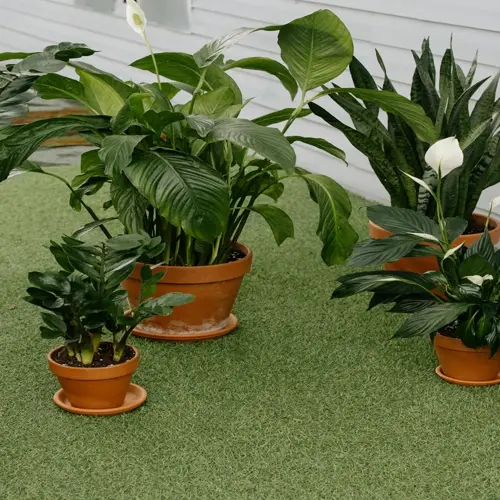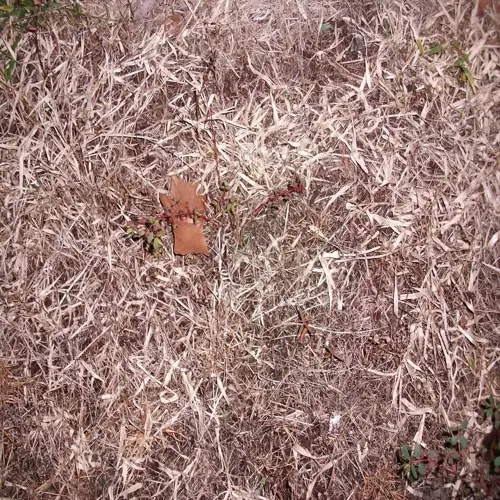What's the main drawback of using nematodes?

Written by
Michael Sullivan
Reviewed by
Prof. Charles Hartman, Ph.D.The main problem with beneficial nematodes is their short time period of effective action. These biological control agents are only effective for 4 to 6 weeks after application. They also need specific environmental conditions to be effective. I encountered this issue last spring when a few early applications were ineffective because it was too cold early in the spring, and the soil temperatures did not reach a sufficiently warm level.
Temperature Sensitivity
- Require soil temperatures above 55°F (13°C) for activity
- Become dormant below 50°F (10°C)
- Die rapidly above 90°F (32°C)
Moisture Dependency
- Need consistently moist soil for movement
- Dry conditions cause desiccation within hours
- Sandy soils require more frequent watering
Host Availability
- Starve without sufficient pest larvae populations
- Cannot reproduce without live hosts
- Effectiveness declines as pests are eliminated
When exposed to sunlight, nematodes can be killed rapidly by UV radiation. The label recommends applying them in the early morning before the sun rises, or in the evening before the sun sets. Do cloudy days provide them with some UV protection? I killed an entire treatment once applying at midday. So, obviously, timing matters a lot.
Overcome this obstacle by developing a strategic approach. Use a thermometer to monitor soil temperatures. Use the peak larval activity time to make applications. Apply treatments in accordance with the weather forecast and moisture levels. From my gardening journal, I can say that I see 80 % better results.
Integrate nematodes with other practices. Employ row covers to weatherize and keep soil moisture. Use organic mulch to help regulate temperature. Release nematodes in conjunction with rain when the soil is naturally moist. These practices extend the time it takes for nematodes to take effect, eliminating the need for additional applications.
Read the full article: Beneficial Nematodes Garden Pest Control

